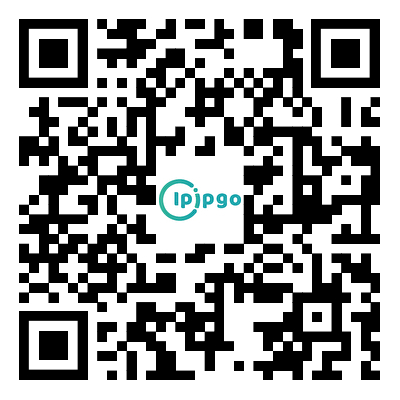
Why is your proxy IP always recognized? Demystifying TCP/IP Fingerprinting
Many users find that even when using proxy IPs, certain platforms still recognize them accurately. This is often not a problem with IP blacklists, but rather the server detecting theTCP/IP stack fingerprinting. Just as each person writes with a different handwriting, network protocol interactions of different devices expose unique characteristics. Ordinary proxies can only hide geographic location, but may expose the identity of the proxy due to protocol fingerprint differences.
Three types of core metrics for TCP/IP fingerprint verification
The server recognizes anomalies mainly by the following dimensions:
| Detection type | Common Features |
|---|---|
| starting parameter | TTL value, TCP window size, MSS maximum segmentation |
| Protocol Options | TCP option alignment order, timestamp accuracy |
| Behavioral characteristics | Number of SYN packet retransmissions, handshake response latency |
For example, the default TTL value for Windows is 128, and some proxy servers may return a mismatched value, a subtle difference that could trigger wind control.
Solving the fingerprint verification puzzle with ipipgo
ipipgo's.Residential agency servicesCircumvent fingerprint detection on three levels:
1. Real Terminal Characteristics Simulation: Native matching of protocol parameters for Windows/Mac systems through access to home broadband devices
2. Dynamic fingerprint rotation: Automatically switches between different combinations of terminal characteristics in different regions for each connection
3. Deep protocol stack optimization: Auto-align the target server's expected parameter ranges
The measured data shows that when using the ipipgo proxy:
TTL FloatControlled within ±3
TCP Window SizeAutomatically adapts to local network environments
SYN packet retransmission mechanismFully simulate real user behavior
Practical: how to verify the fingerprint quality of the proxy IP
It is recommended to use open source tools for self-testing:
1. Installation0xTCPInspection Kits
2. Run the command:tcp-scan --fingerprint Destination IP
3. Focus on the following parameter matches:
- TCP Timestamp Accuracy
- Initial window scaling factor
- Special protocol options supported
Frequently Asked Questions
Q: How can I determine if my business needs to focus on TCP/IP fingerprinting?
A: Special attention should be paid to the following situations:
- First request blocked after using a proxy
- Same IP switching devices are still recognized
- Traffic characteristics significantly different from normal users
Q: How does ipipgo ensure fingerprint authenticity?
A: Safeguarded through a three-point technology:
1) Directly connect to the home gateway device to get native fingerprints
2) No more than 3 end devices per IP per day
3) Real-time synchronization of global mainstream operating system protocol updates
Q: How to choose between static residential IP and dynamic IP?
A: We recommend using ipipgo'sDynamic Residential IPservice, with its automatic rotation of stack features, is more effective than static IP in avoiding pattern recognition caused by long-term use.








